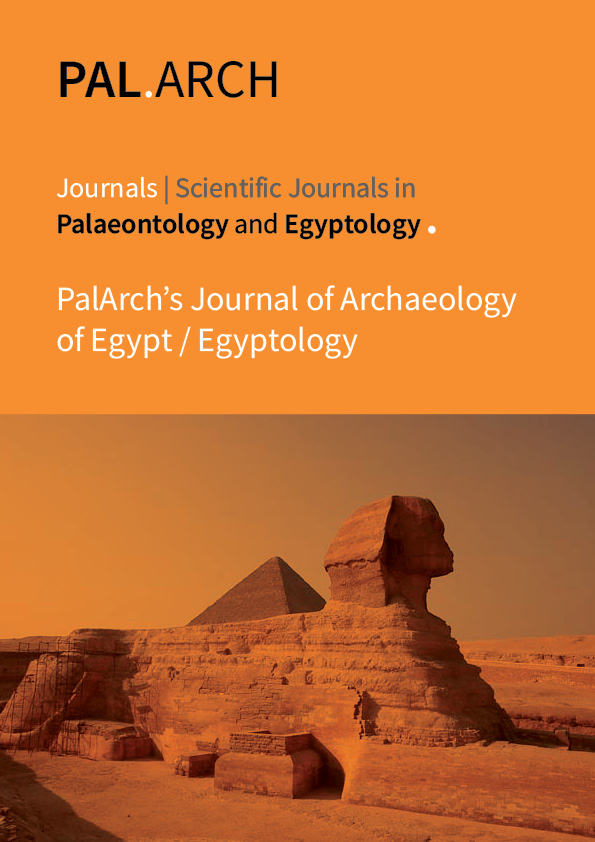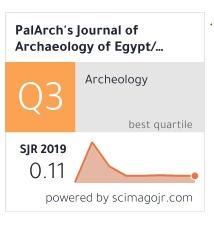ANALYSIS OF ASSOCIATION OF FINGER RIDGE DERMATOGLYPHIC PATTERNS AND MALOCCLUSION RISK
Keywords:
Dermatoglyphics; malocclusion; finger ridge count; finger ridge pattern.Abstract
Malocclusion has become the most prevalent condition in the current population. Dermatoglyphics can be used as a screening procedure to identify the population with malocclusion risk.The aim of the present study is to analyze the dermatoglyphics of the population with malocclusion .The study was conducted in a private dental college at chennai among 25 participants in two groups malocclusion and normal occlusion of the age group above 18 years. The finger ridge patterns were captured using a digital camera and the collected data was evaluated for the descriptive analysis and the significance level between the groups was calculated using the SPSS tool. The study of finger ridge pattern among malocclusion and normal occlusion population provided the result as the arch pattern was prevalent among normal occlusion with arch pattern 31%, 15% ulnar loop, 9% radial loop and 10% whorl pattern. The results suggest the prevalence of whorl pattern in malocclusion 38% ,34% radial loop pattern,23% ulnar loop and 10% arch pattern. Finger ridge count of the between groups was observed to have a significant difference with P <0.05. Finger ridge pattern and finger ridge count of the population with malocclusion and the normal population was observed to have a significant difference with more prevalence of whorl pattern in the population with malocclusion.



